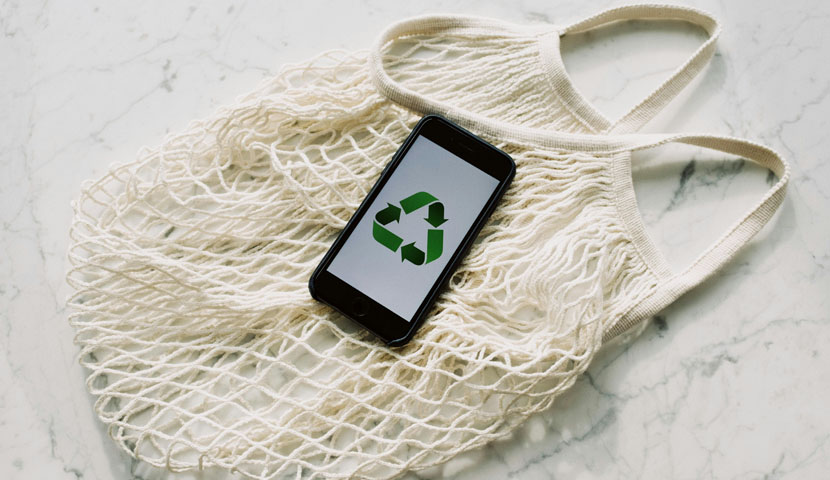12 Mar 2024
30 Eco-Friendly Alternatives for Replacing Single-Use Plastic
- Grocery
- Wiktoria Slowikowska
- 12 Mar 2024
- 5
- 20
- 15
Plastic Pollution: Beyond Recycling with a Circular Economy
Plastic. It's everywhere – from the water bottles we quench our thirst with to the keyboards we tap away on. But this convenience comes at a heavy cost. In 2019 alone, a staggering 380 million metric tons of plastic waste were generated globally, with a mere 9% getting recycled. This harsh reality exposes the limitations of our current "take, make, dispose" approach and begs the question: is there a better way?
The answer lies in a revolutionary concept: the circular economy. But what exactly is it?
A Circular Economy Explained:
In contrast to our current linear economic model of "take, make, dispose," a circular economy is a system designed to eliminate waste and pollution entirely. It focuses on keeping products and materials in use for as long as possible, minimising their environmental impact throughout their lifecycle. This is achieved through three key principles:
- Eliminate: Design products that are durable, reusable, and easily repairable. Minimize unnecessary plastic use by exploring alternative materials and implementing refill and reuse systems.
- Circulate: Extend the lifespan of existing products through maintenance, repair, refurbishment, and remanufacturing. Implement efficient collection and recycling systems to keep plastic circulating within the economy.
- Regenerate: Develop new products from recycled materials and bioplastics derived from renewable resources. Work towards restoring natural resources and minimizing environmental damage from resource extraction.
How a Circular Economy Can Transform Plastic Use:
By applying these principles to plastic, we can create a more sustainable future. Here are some ways the circular economy can revolutionize our relationship with plastic:
- Eliminate single-use plastics: Imagine a world where single-use plastic bags are replaced with durable canvas totes, and disposable coffee cups are swapped for reusable mugs.
- Innovate sustainable alternatives: We can develop easily recyclable or compostable plastics, products with high recycled content, and explore bioplastics derived from renewable resources.
- Create a closed-loop system: Imagine used plastic bottles being transformed into new clothing or construction materials, creating a closed-loop system where plastic never becomes waste.
The Benefits of a Circular Economy for Plastics:
- Reduced Plastic Pollution: By keeping plastic in use and out of landfills and the environment, we significantly reduce plastic pollution, protecting ecosystems and wildlife.
- Resource Conservation: Virgin plastic production relies heavily on fossil fuels. A circular economy reduces the need for virgin plastic, conserving valuable resources and minimizing the environmental impact of plastic production.
- Economic Boost: The circular economy creates new jobs in areas like recycling technologies, product design, and sustainable material development, fostering economic growth and innovation.
Challenges and the Road Ahead:
Transitioning to a circular economy for plastics requires collaboration across the entire plastic value chain. Producers, consumers, policymakers, and waste management companies all have a role to play. Additionally, improving recycling infrastructure and educating consumers about responsible waste disposal are crucial steps.
What You Can Do:
- Reduce your plastic footprint: Opt for reusable alternatives like shopping bags, water bottles, and coffee cups. Look for products with minimal packaging and choose those made from recycled content.
- Support sustainable brands: Choose companies actively working on reducing plastic use and implementing circular economy principles.
- Advocate for change: Support policies that encourage plastic reduction, promote recycling initiatives, and incentivize the development of a circular economy.
By embracing a circular economy for plastics, we can move beyond the limitations of traditional recycling and create a more sustainable future. Let's work together to ensure plastic remains a valuable resource, not a growing environmental threat.








